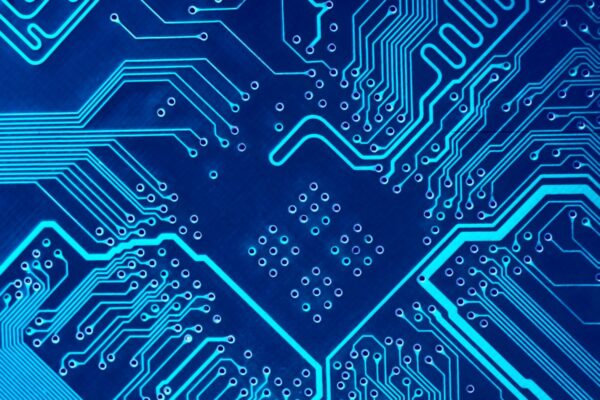What is Cosmetic Defect
A cosmetic defect refers to a superficial flaw or imperfection on the surface of a printed circuit board (PCB) that does not impact its electrical performance or functionality. These defects are purely aesthetic in nature and do not affect the overall reliability or operation of the board.
Examples of cosmetic defects can include smears, stains, scratches, blemishes, discoloration, or other variations from the conventional appearance of the PCB. These defects are typically considered acceptable within certain standards, such as those outlined by the IPC (Institute for Printed Circuits).
It is important to distinguish cosmetic defects from functional defects, which are issues that directly impact the performance or functionality of the PCB. While functional defects may require immediate attention and correction, cosmetic defects are generally tolerated as long as they do not compromise the board’s electrical integrity.
During the manufacturing process, PCBs undergo inspection to identify and eliminate cosmetic defects before they are packaged and shipped. This ensures that the final product meets the desired visual standards and quality expectations.
Frequently Asked Questions
What Temperature Will Damage a PCB
PCBs are categorized as high-temperature PCBs if they can endure a maximum temperature of 150 degrees Celsius. However, PCBs made from materials with lower heat resistance should be operated at much lower temperatures to ensure safe operation. It is possible for some high-temperature PCBs to withstand even higher temperatures.
Can a Damaged PCB Be Repaired
Luckily, there are methods available to repair or refurbish damaged PCBs, restoring them to their original condition. This allows the board to either be reinstalled in its original device, effectively restoring its functionality, or repurposed for use in another device, promoting recycling efforts.
How Do You Identify a Defect in a PCB
Standard procedures for identifying defects or material damage in a PCB involve utilizing X-ray inspection and Automated Optical Inspection (AOI). These methods utilize 3D Imaging to detect dimensional defects such as height and width in the PCB.
What Is the Lifespan of a PCB
On average, PCBs have a lifespan of approximately 50-70 years when used in the appropriate conditions. It is important to adhere to the manufacturer’s guidelines outlined in their terms of use to ensure optimal longevity. Additionally, understanding the factors that influence the shelf life of assembled PCBs can help you extend their lifespan.
Is It Worth Replacing PCB Board
No power to the PCB or display panel
If the PCB board has completely failed, it is usually more cost-effective to opt for a new replacement rather than attempting a repair.





